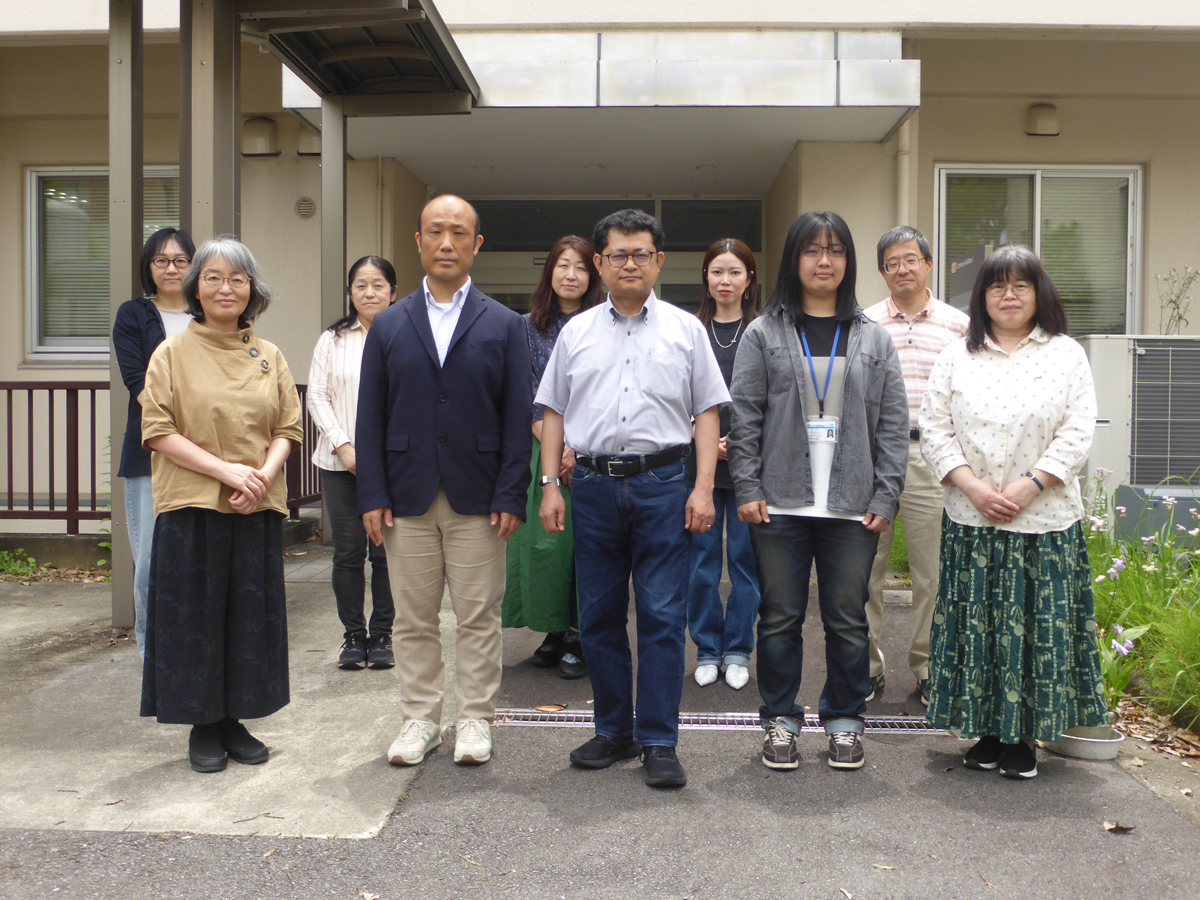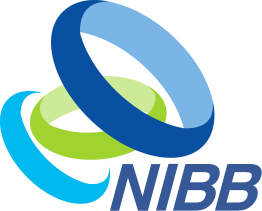
National Institute for Basic Biology

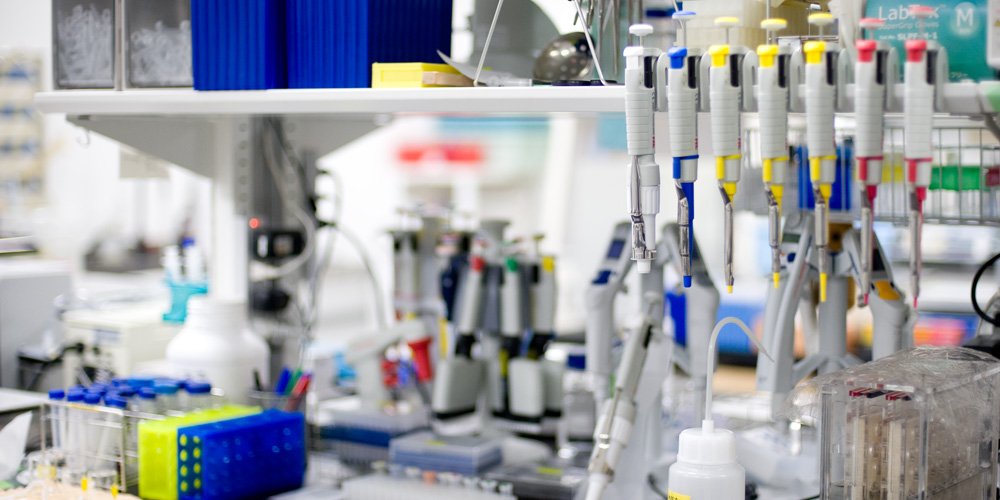
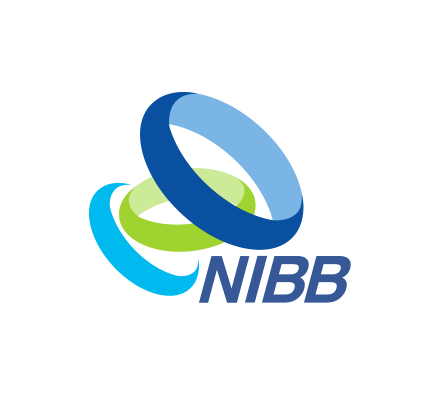

The Facility is a division of the NIBB Core Research Facilities organized jointly by NIBB and NIPS for the promotion of DNA and protein studies. The facility maintains a wide array of core research equipment, ranging from standard machinery (e.g. ultracentrifuges) to cutting edge tools (e.g. next generation DNA sequencers), which amount to 90 instruments in total. The facility is dedicated to fostering collaborations with researchers both at NIBB and other academic institutions worldwide through the provision of these tools as well as expertise. Our current focus is functional genomics. We also act as a bridge between experimental biology and bioinformatics by providing close consultation and training.
In 2021, we still suffered from the effects of the COVID-19 pandemic that hampered research activities worldwide. While we operated our facility placing the highest priority on users’ safety, we provided remote support for the facilities’ users and online communication with collaborators to sustain research projects. Such efforts resulted in 11 co-authored papers being published.
Genomics
The advent of next-generation sequencing (NGS) technologies is transforming modern biology thanks to ultra-high-throughput DNA sequencing. Utilizing HiSeq, NextSeq and MiSeq (Illumina), Sequel (PacificBio Sciences), and MinION and GridION (Oxford Nanopore Technologies), the Facility is committed to joint research aimed at exploring new yet otherwise inaccessible fields in basic biology. We have upgraded the Sequel instrument in 2021, which enabled a significant increase of the HiFi long read production.
During 2021, we carried out 53 NGS projects in collaboration with researchers from academic institutions throughout the world. These projects cover a wide range of species (bacteria, animals, plants, and fungi) including both model and non-model organisms, and various other applications such as genomic re-sequencing, RNA-seq, single-cell trnascriptome and ChIP-seq.
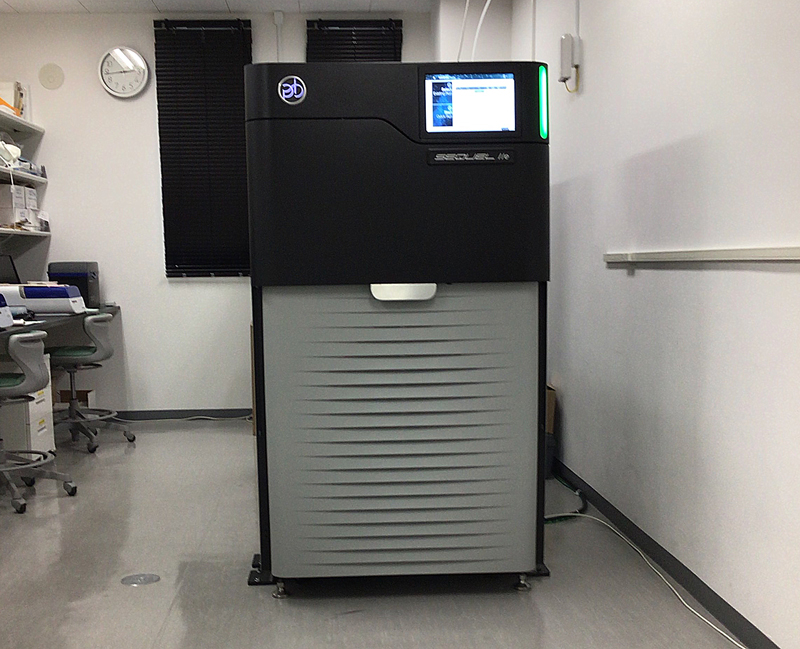
Figure 1. Next-generation sequencer
Proteomics
As is listed below, two types of mass spectrometers and two protein sequencers are used for proteome studies in our facility. In 2021, we analyzed approximately 600 samples with mass spectrometers and protein sequencers.
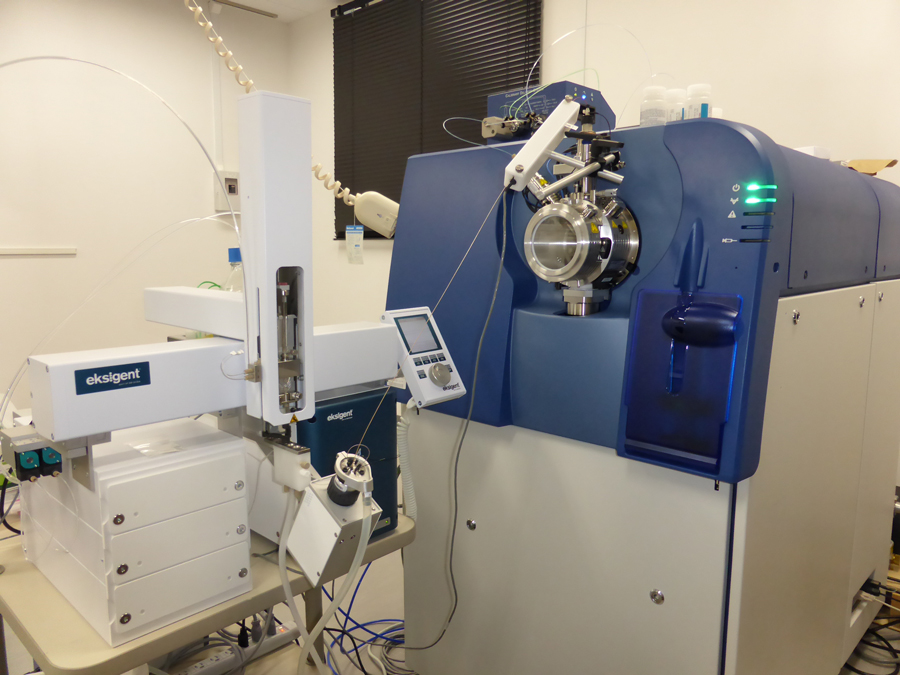
Figure 2. LC-MS/MS system
Other analytical instruments (excerpts)
Professor SHIGENOBU, Shuji TEL: +81 564 55 7672 E-mail: shige@nibb.ac.jp
